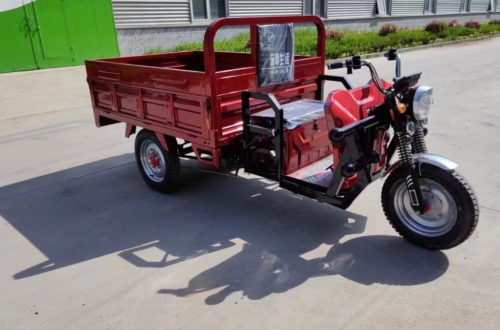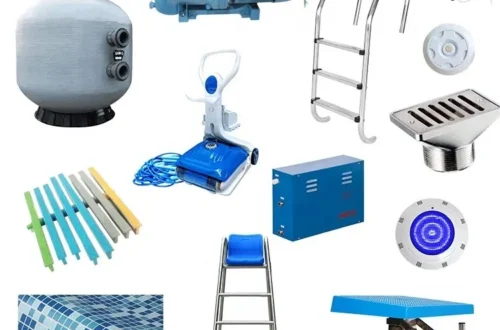API 607 vs API 608: Key Differences and Applications
html
API 607 vs API 608: Key Differences and Applications
Keyword: api 607 vs api 608
When it comes to valve testing standards, API 607 and API 608 are two critical specifications often referenced in the oil, gas, and petrochemical industries. While both standards focus on fire safety, they serve different purposes and apply to distinct types of valves. Understanding the differences between API 607 and API 608 is essential for engineers, procurement specialists, and safety professionals.
What is API 607?
API 607 is a fire-testing standard specifically designed for quarter-turn valves, such as ball valves and butterfly valves. The standard evaluates a valve’s ability to withstand fire exposure while maintaining its structural integrity and sealing performance. Valves certified under API 607 undergo rigorous testing, including exposure to flames at temperatures up to 1,400°F (760°C) for 30 minutes.
What is API 608?
API 608, on the other hand, is a standard that covers the design, materials, and testing requirements for metal ball valves used in pipeline systems. While API 608 includes fire-testing criteria, its primary focus is on the overall performance, dimensions, and pressure ratings of ball valves. Unlike API 607, API 608 is not exclusively a fire-testing standard but rather a comprehensive specification for ball valves.
Key Differences Between API 607 and API 608
- Scope: API 607 is solely a fire-testing standard, while API 608 is a broader specification covering design, materials, and performance.
- Valve Types: API 607 applies to quarter-turn valves (e.g., ball and butterfly valves), whereas API 608 is specific to metal ball valves.
- Testing Focus: API 607 emphasizes fire resistance, while API 608 includes fire testing as one of many performance criteria.
- Certification: API 607 certification is often an optional add-on for valves, while API 608 compliance is typically mandatory for pipeline ball valves.
Applications of API 607 and API 608 Valves
API 607-certified valves are commonly used in high-risk environments where fire safety is a top priority, such as offshore platforms, refineries, and chemical plants. These valves ensure minimal leakage and operational integrity during fire emergencies.
API 608-compliant valves are widely used in pipeline systems for oil, gas, and water distribution. Their robust design and standardized dimensions make them ideal for high-pressure applications where reliability is critical.
Conclusion
While both API 607 and API 608 address fire safety, they serve different roles in the valve industry. API 607 is a specialized fire-testing standard for quarter-turn valves, while API 608 is a comprehensive specification for metal ball valves. Choosing the right standard depends on the application, with API 607 being critical for fire-prone environments and API 608 essential for pipeline systems.


